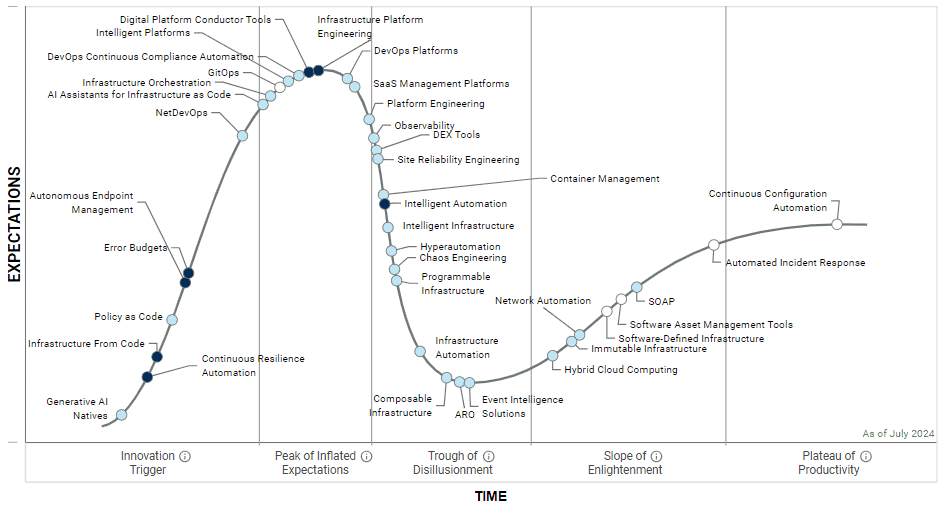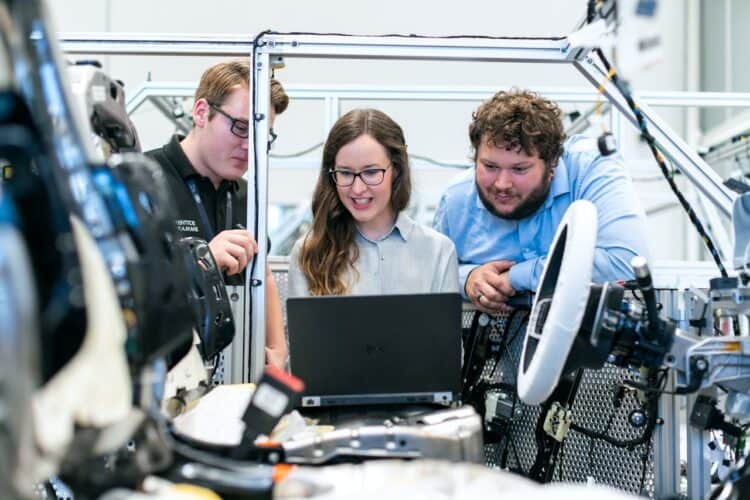Gartner predicts that by 2026, 30% of enterprises will automate more than half of their network activities, a significant rise from under 10% in mid-2023. This shift underscores the growing reliance on automation within infrastructure and operations (I&O) to enhance value, efficiency, and agility.
Chris Saunderson, senior director analyst at Gartner, emphasises that “I&O leaders are increasingly looking to AI-based analytics and augmented decision making, including intelligent automation (IA), to improve operational resilience and responsiveness.” IA, which integrates AI techniques such as generative AI (GenAI), aims to streamline decision-making and execution for I&O initiatives, fostering greater business agility and advanced service enablement.

Currently, IA is positioned in the Trough of Disillusionment on Gartner's Hype Cycle for I&O Automation, 2024. However, it is projected to achieve mainstream adoption within the next five to ten years. The surge in demand for IA platforms, driven by GenAI capabilities, is set to enhance operational efficiency and insight generation through advanced analysis and automation.
Saunderson notes, “Technology providers that offer best-of-breed tools for AI for IT operations (AIOps), application performance monitoring, and GenAI will influence IA.” He adds that AIOps and standalone automation technology providers may expand their services to include IA, either through acquisitions or organic growth.
Hyper-automation continues to be a primary focus for 90% of large enterprises. Frances Karamouzis, distinguished VP analyst at Gartner, states, “Hyper-automation has seen a resurgence in interest and demand since the fervour of GenAI that launched in November 2022.” This concept encompasses a blend of technologies, including AI, machine learning, event-driven software architecture, and robotic process automation.
Despite the evident interest, less than 20% of organisations have effectively mastered the measurement of hyper-automation initiatives. Karamouzis points out that these initiatives are often part of a broader technology roadmap, spanning from traditional systems of record to advanced AI applications.
The increasing demand for hyper-automation is driven by the need for operational excellence across various processes to bolster resilience, propelling further growth in this domain.
As enterprises continue to embrace these technologies, the future of I&O looks poised for transformation, ultimately leading to enhanced operational capabilities and strategic agility.



